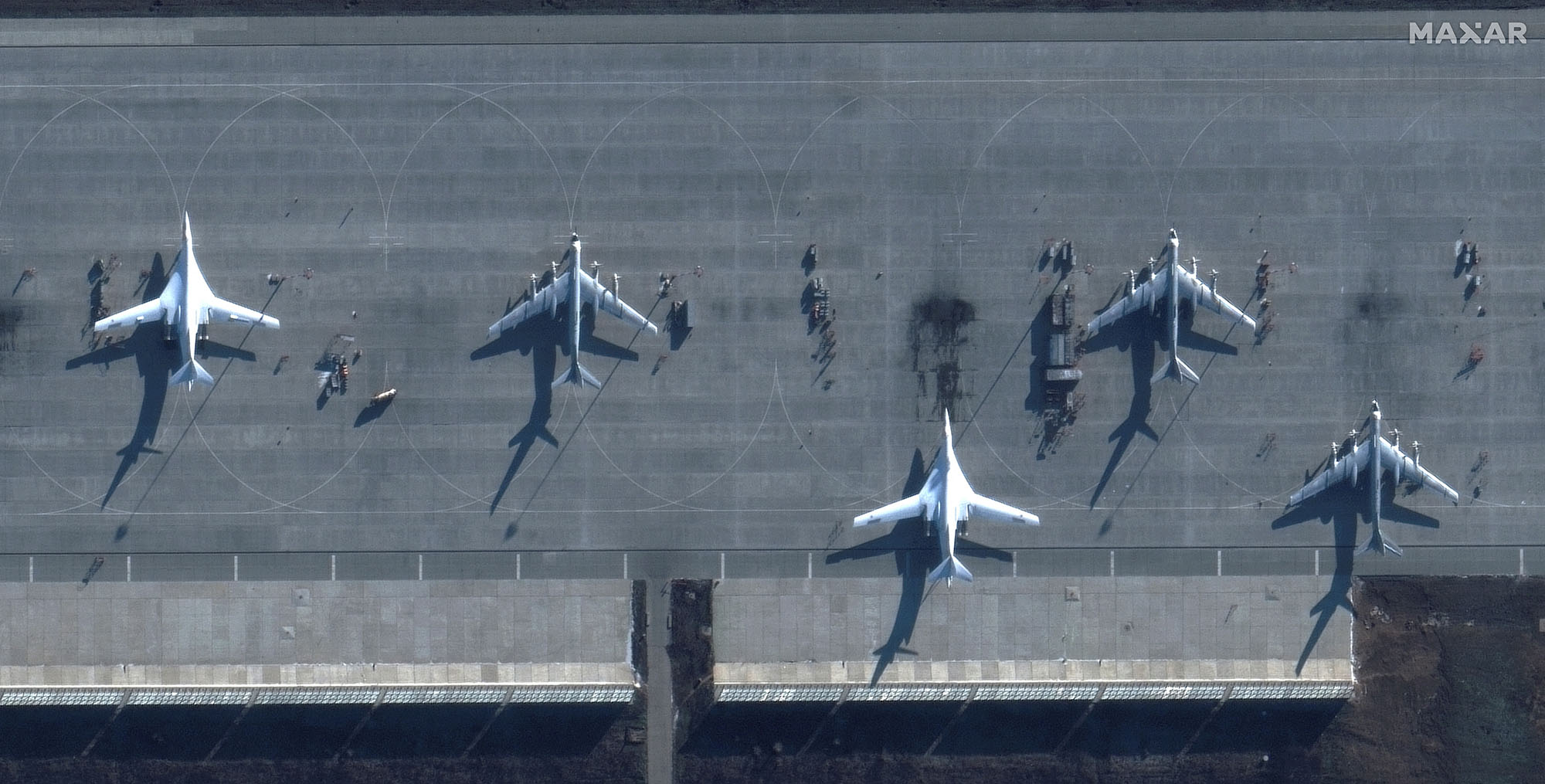[ad_1]

Moscow’s accusation that Ukrainian drones struck two airbases deep inside Russia has once again raised the febrile question of escalation nine months into the war.
The strikes are an extraordinary breach of Russia’s assumptions that it can protect its deep interior, from which safe harbors its strategic bombers have caused carnage across Ukraine with relative impunity.
These are airbases very far inside Russia, and whatever the truth of the strikes – whether they represent a new long-distance drone capability Ukraine has advertised, or there’s another explanation – this is just not something that was meant to happen when Russian President Vladimir Putin launched his “10-day invasion” in February. Week by week, there are yet more signs that Moscow’s military machine cannot do what it says on its can.
The low-tech tools employed in this embarrassment pop the balloon of Russia’s peer status to NATO.
Russian humiliation is usually accompanied with concerns it may escalate the conflict. But it is hard to know what else Russia could do to Ukraine that it has not already done. It has leveled cities, hit civilian infrastructure callously and relentlessly when it can, killed thousands of civilians and yet more troops, and bombed maternity hospitals and shelters marked with the word “children.”
At some point, the labored assumption that Russia has magic, non-apocalyptic buttons left to press will begin to fade.
So what does Russia have left? Chemical weapons are a possibility, but likely have formed a part of the warnings it has received to not use nuclear force. Moscow’s choices appear limited to the more accurate or savage use of the same conventional brutality it is currently throwing at Ukraine’s cities almost daily.
This is the most damaging side effect of how public the exhaustion of Russia’s military has been: There is no real “fear factor” left.
[ad_2]
